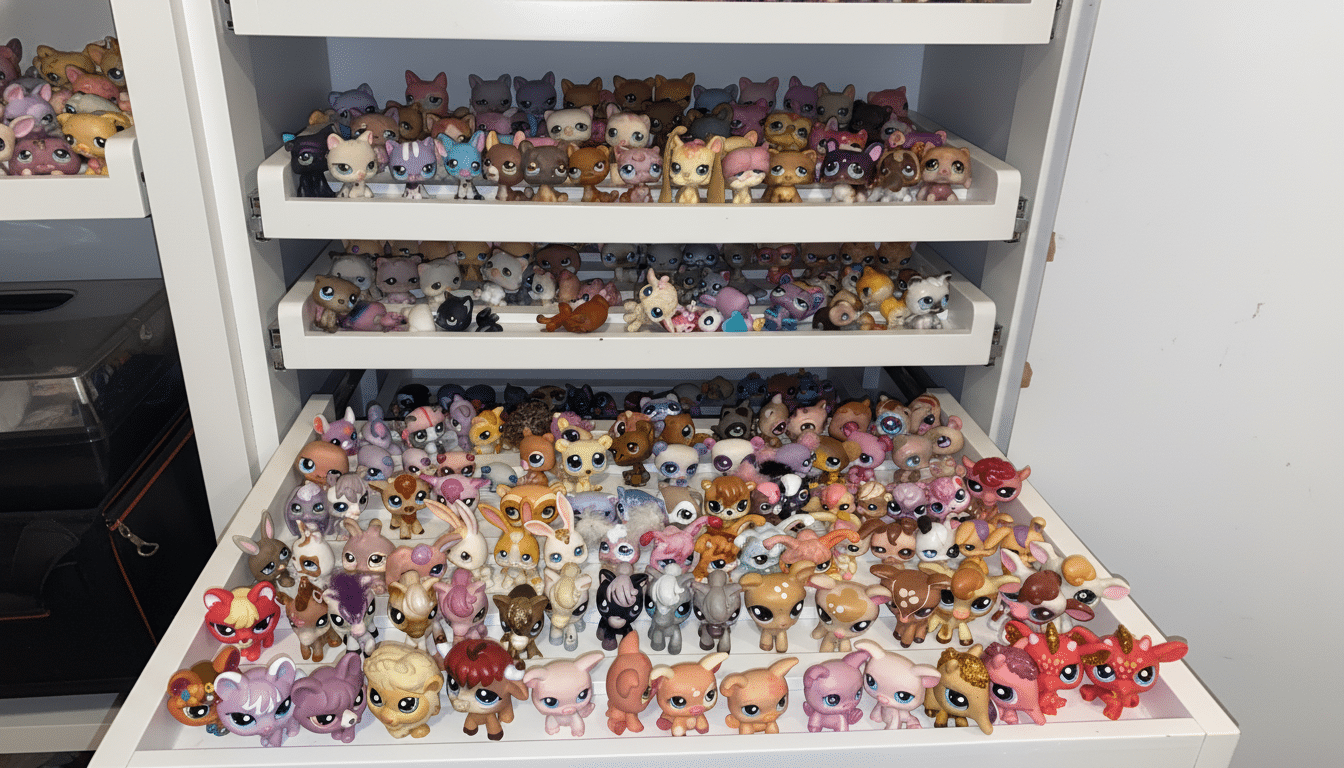And as the liquidity drought stretches fund lives well past what once was considered the old playbook, limited partners are piling the pressure onto venture capital firms. Institutional investors talk about 15- to 20-year-old funds out there locking up capital, disrupting pacing models and forcing once-esoteric tools such as secondaries and NAV loans into the great outdoors.
Fund Lives Stretch and Traditional Models Break
Endowments and foundations that once modeled 10 to 12 years now assume 16 to 18 years, with meaningful cash back arriving late in the cycle. One major allocator said he has funds from the mid-2000s that still hold marquee positions — assets that such allocators would be happy to own, but which stretch illiquidity far beyond policy expectations.

This elongating is an aftershock of the 2021 boom and bust of exit markets. U.S. venture-backed exits cratered from their 2021 peak to the lowest level in years, according to PitchBook and NVCA. And the quick IPO flare from Arm, Instacart, Klaviyo and, later on, Reddit did not significantly bring DPI back to life for most of our managers. In the meantime, M&A has been hamstrung by antitrust regulation that is stifling strategic takeouts that have in the past recycled capital.
Secondaries Are the Liquidity Engine for Venture
With IPOs rare, the secondary market has declared itself as part of core infrastructure. Jefferies and Greenhill project secondary transaction volume to be around or in excess of $100bn a year, with GP-led processes and LP sales both accelerating. Now Lexington Partners and other big buyers are institutionalized on the liquidity stack, offering solutions for both LPs and GPs.
And, crucially, secondaries can no longer be equated with distress. Some venture managers say that as much as a third of their last year’s distributions derived from secondary sales at premiums to the last round, not discounts. Not as permanent a fund lifeline as some might think. “Selling slices of winners in up rounds has turned into an accepted cash-management tool alongside continuation funds and NAV facilities to even out DPI.”
Frameworks are evolving too. The consensus view circulated among LPs is that programmatic trims around the series B stage for breakout companies can drive good fund-level DPI while not sacrificing upside, provided managers maintain remaining core positions to compound.
Valuation Reality Bites as Pricing Resets Deepen
Price discovery remains the most difficult part. Other buyers are marking to market certain portfolios along lines that many GPs have been reluctant to follow. Seed platform Cendana Capital for its part points to the “messy middle” of companies growing 10% to 15% with $10 million to $100 million in ARR that were priced as though inevitabilities in 2021. Public and private buyers today often value similar enterprise software at 4x to 6x revenue, which would suggest major write-downs for late-stage privates.
In some situations, LP-led sales are facing bid-ask spreads that suggest as much as 80% discounts to paper marks on perceived “semi-winners.” The rise of AI has muddied the water: teams and entities that hoarded their cash during the downturn period could find themselves having not only lost relative momentum, as born-again AI-native rivals gobbled up growth and narrative premium.
Capital Clumps With Large Multi-Strategy Platform Funds
The pendulum on fundraising has swung, too. New money managers are dealing with the toughest market in a decade as LPs consolidate and make new commitments to big platforms that offer at least perceived durability. As one LP put it: in H1 2020, a single brand-name firm has raised 1.7x the entire aggregate raised by all emerging managers to that date, and established platforms have collectively raised 8x the aforementioned figure.

This concentration is being driven by overexposure through the pandemic vintages, the denominator effect and wide dispersion of returns. LPs are balancing their core platform relationships — which they typically go to for scale and persistence of outcomes — with smaller, tightly curated emerging-manager programs to capture alpha. The 2021 “tourist” managers mostly have already been flushed out, raising the bar around access, selection and hands-on company-building.
Some LPs also highlight venture’s function as a strategic hedge. Breaking out of private payment infrastructure can counter incumbency risk in a larger role with legacy networks, for example — and helps encourage the shift from thinking about venture as merely spice to seeing venture as disruption insurance.
What LPs Want Now From Venture Managers and Funds
Access, judgment and relentless hustle are the coin of the realm. Proprietary deal flow is a myth when the best founders are legible to every top-tier firm. On those, especially, LPs are testing for manager quality and access to founders and defensibility of deal-sourcing processes (how much time will it take us to build/replace this), and in how far managers actively refresh their networks, also on the ground in San Francisco — where AI deals are still going at the highest speed.
Family offices are an expedient initial exit for new funds; they tend to be fairly nimble and favor unique co-investment rights.
Institutions are still choosy, often only interested in serious pedigree or a mandate that seems proven and reproducible. On the sector side, AI and “American dynamism” are sucking up nearly all of the oxygen, but Boston’s biotech, New York’s fintech and crypto, and Israel’s ever-resilient ecosystem continue to shine on as durable clusters.
The Path to Liquidity Requires Plans, Not Wishes
For the moment, at least, LPs are requesting that GPs plan distributions instead of merely wishing for them. That is about leaning into secondaries, setting DPI targets in line with pacing, and testing reserves against realistic — not 2021 — outcomes. That also means frankly grading portfolios, prioritizing units with effective growth and leaning into inorganic outcomes on occasion.
The venture model isn’t really broken — but its timing assumptions are. And with fund lives seemingly stretching toward two decades, LPs are rewriting the rules of engagement — and GPs need to meet them halfway with some real liquidity, not just paper gains.

